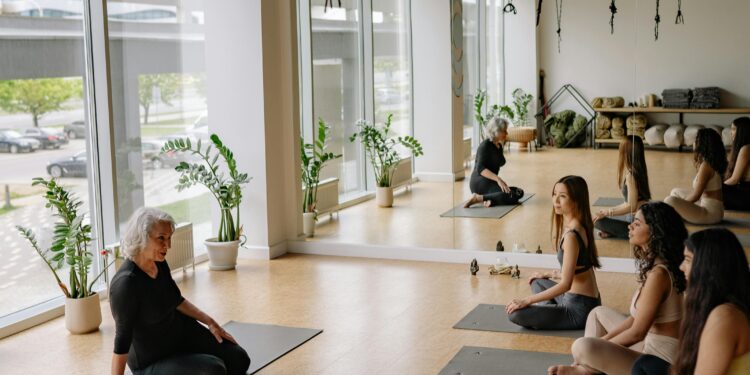
Guest Contributor
Ms. Susan Treadway, an addict in recovery, authored the following guest post. She uses a holistic approach to sobriety to stay on a successful path and believes adopting even a few holistic methods can help anyone struggling with addiction.
Susan wants everyone to know that you don’t have to be a hippie to embrace holistic wellness – this concept is simply about focusing on your entire sense of well-being rather than just one part. She hopes her website, rehabholistics.com, will inspire anyone who has struggled with addiction to incorporate holistic practices into their own self-care routine.
Health advocacy isn’t just for professionals — it’s for anyone who cares deeply about the well-being of others. Whether you’re a nurse, fitness enthusiast, nutrition coach, or simply a concerned neighbor, your voice can help transform local systems, shape healthier environments, and inspire collective action.
TL;DR
-
Your personal health passion can become a civic force.
-
Focus on small, structured actions — community education, coalition building, and storytelling.
-
Leverage local organizations, digital platforms, and business tools to scale your advocacy into organized impact.
-
Sustainable advocacy thrives on collaboration, visibility, and clarity of purpose.
From Personal Passion to Public Action
Turning personal passion into advocacy begins with intentional structure. Define your “why” — is it reducing chronic disease, promoting mental health awareness, or improving food access?
Then, build a network of aligned individuals and organizations who can amplify your impact.
Example: A local yoga instructor creates workshops for stress management in public schools. By registering their initiative through ZenBusiness, they gain the legal foundation to apply for health grants and form partnerships.
The Advocacy Framework: Influence through Structure
To sustain influence, you need structure. Effective advocates operate like community entrepreneurs — they build systems, not just moments.
Steps to Build Advocacy Structure:
- Clarify your cause → What problem are you solving?
- Build trust → Share lived experiences backed by credible data.
- Design pathways → Offer small, actionable steps people can take.
- Create feedback loops → Collect stories, measure outcomes, and report impact.
- Formalize your presence → A local nonprofit registration or business entity adds legitimacy.
(Explore community networking ideas via Idealist and funding insights from Candid Learning.)
How-To: Becoming a Local Health Advocate
Step-by-Step Guide
Stage Action Example Tool/Resource
1 Design small pilot initiatives Free outdoor fitness session Eventbrite
2 Partner with local orgs Collaborate with clinics or schools Meetup
3 Build communication channels Social page, newsletter Mailchimp
4 Track and publish results Annual “Health Impact Summary” Canva
Checklist: Building a Sustainable Advocacy Engine
- Define your mission clearly in writing
- Identify 3 measurable community outcomes
- Partner with at least 2 local organizations
- Develop a simple public education asset (flyer, FAQ, or video)
- Establish a digital visibility hub (website or social media)
- Create an annual “impact story” to attract support
(For visibility optimization, review Google for Nonprofits for tools that boost online reach.)
Amplifying Impact through Partnerships
Health advocacy gains credibility through collective strength. Joining established networks helps your cause reach policymakers and resource holders.
Example Pathways to Scale:
- Join local health coalitions or public wellness boards.
- Contribute articles to digital publishing platforms.
- Collaborate with universities on student-driven wellness initiatives.
- Cross-promote events with small businesses that align with your cause.
